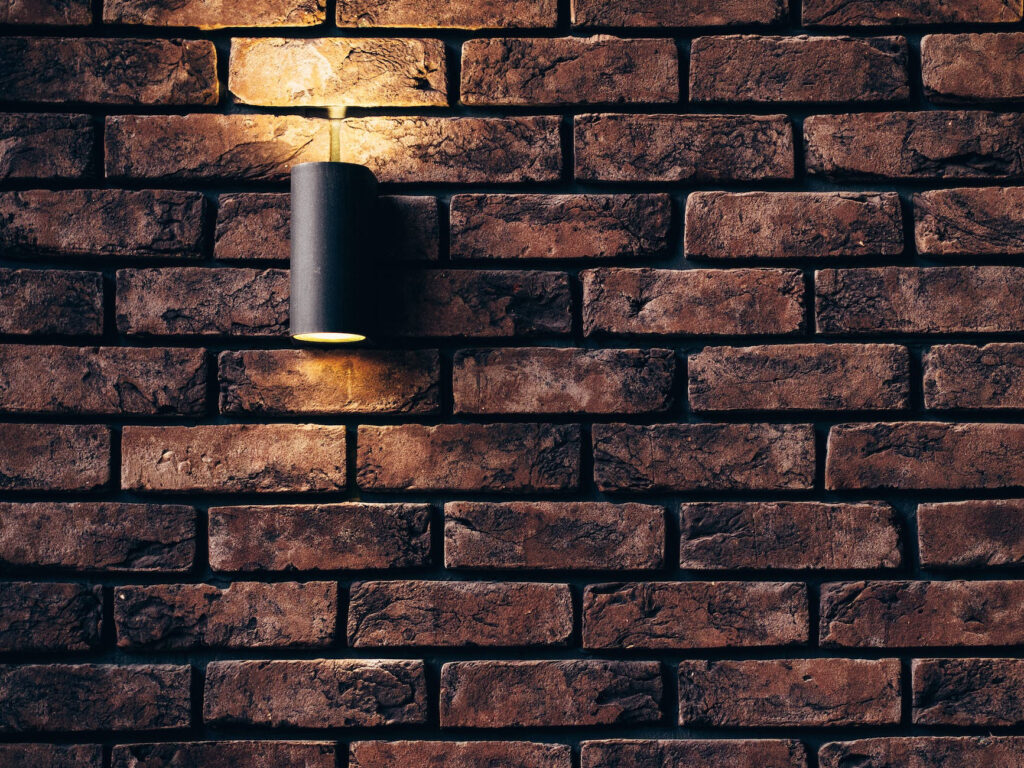In an age of rapidly changing architectural trends and construction materials, brick homes stand as timeless icons of durability, charm, and heritage. From historic landmarks to contemporary residences, the enduring popularity of brick as a building material reflects its inherent qualities of strength, versatility, and aesthetic appeal.
Brick homes have a rich history that spans centuries, dating back to ancient civilizations such as the Mesopotamians and Egyptians who first mastered the art of brickmaking. Over time, brick construction spread across continents, leaving a legacy of architectural marvels that endure to this day. From the majestic Great Wall of China to the timeless elegance of European castles and colonial homesteads, brick has played a central role in shaping the built environment of civilizations past and present.
One of the defining characteristics of brick homes is their exceptional durability and longevity. Unlike many contemporary building materials that may deteriorate over time, brick stands the test of time, weathering the elements and retaining its structural integrity for generations. The inherent strength of fired clay, coupled with modern construction techniques and maintenance practices, ensures that brick homes remain steadfast and resilient in the face of adversity.
Beyond their durability, brick homes exude a sense of warmth, character, and authenticity that is difficult to replicate with other materials. The natural variations in color, texture, and craftsmanship give each brick home a unique identity, reflecting the skilled hands of artisans who have shaped and laid each brick with care and precision. Whether adorned with intricate patterns or left in their raw, rustic state, brick facades evoke a sense of nostalgia and timelessness that transcends fleeting design trends.
In addition to their aesthetic appeal, brick homes offer practical advantages in terms of energy efficiency, sound insulation, and fire resistance. The thermal mass of brick helps regulate indoor temperatures, reducing the need for artificial heating and cooling and lowering energy consumption. Moreover, the dense composition of brick provides excellent soundproofing, creating a tranquil and comfortable living environment. From a safety standpoint, brick homes offer superior fire resistance compared to other building materials, providing homeowners with peace of mind and protection against potential hazards.
Furthermore, brick homes embody principles of sustainability and environmental responsibility. Made from natural clay and shale, bricks are non-toxic, recyclable, and require minimal processing, making them a sustainable choice for eco-conscious builders and homeowners. The longevity of brick homes also reduces the need for frequent maintenance and replacement, further minimizing their environmental footprint over their lifecycle.
Despite their many virtues, brick homes face challenges in a rapidly evolving construction industry driven by technological advancements and changing consumer preferences. The availability of skilled bricklayers, fluctuating material costs, and zoning regulations may influence the feasibility and affordability of brick construction in some regions. However, the enduring appeal and proven performance of brick homes continue to resonate with discerning homeowners who value quality, craftsmanship, and tradition.
In conclusion, brick homes represent a harmonious blend of tradition and innovation, embodying the timeless beauty and enduring strength of brick as a building material. As we navigate the complexities of modern living, let us celebrate the legacy of brick homes as symbols of permanence, authenticity, and timeless elegance in an ever-changing world.

